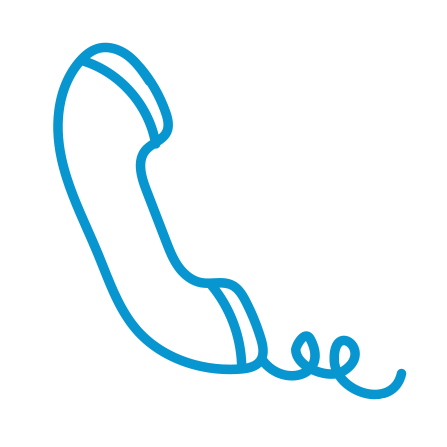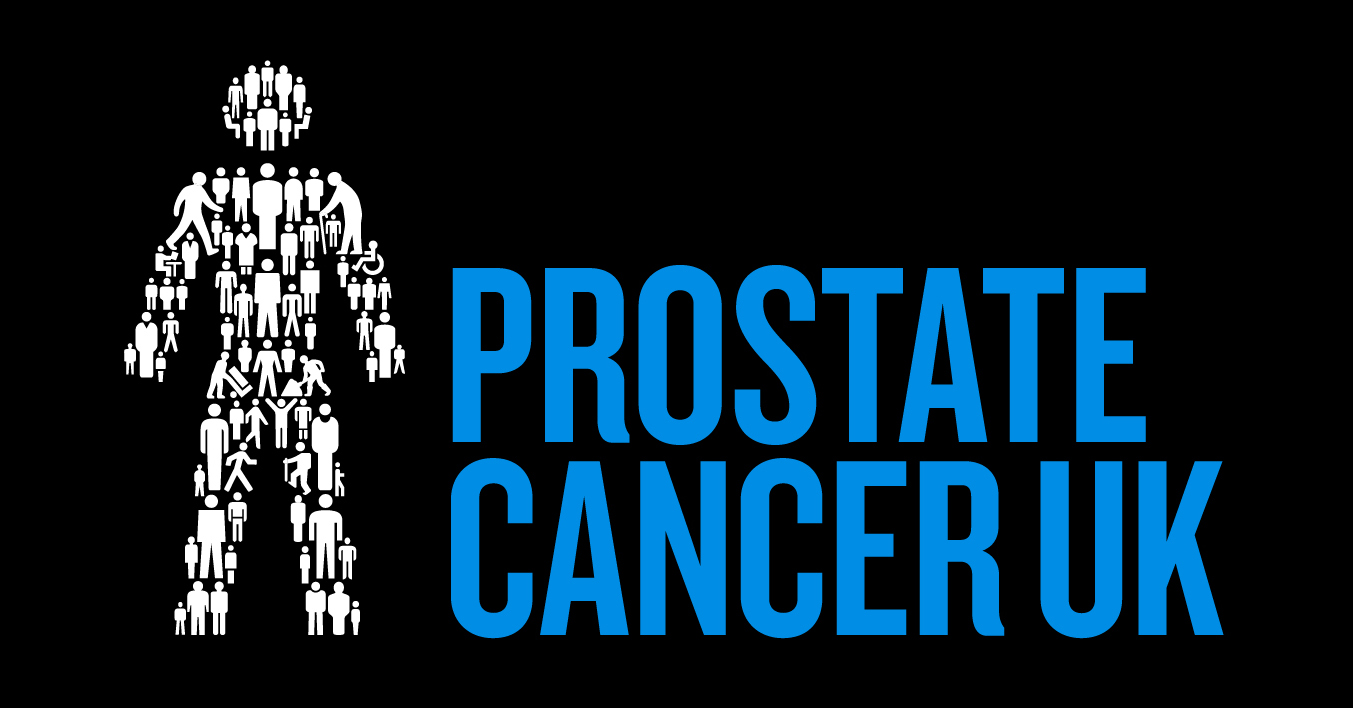This month Club Insure Risk Management’s Training Manager, Faye Bevington, discusses delivering first aid during the pandemic.
As with many things happening during the COVID-19 pandemic, the way first aid is delivered has had to change in order to keep people safe. We take a look at the key changes and how to make sure employees and those receiving first aid remain safe. If something does happen at your club, you and your team will be able to respond in a COVID-19 secure way.
CPR
- Ensure the safety of yourself, your casualty and any bystanders
- Check for a response by gently shaking the shoulders and asking if they are alright. Check the casualty for signs of normal breathing. Do not place your face next to the casualty’s to look, listen and feel as per the usual sequence
If the casualty is not breathing normally:
- Call for an ambulance (999/112)
- Ask a bystander to call 999/112, or if none are available, call (999/112) yourself, staying with the casualty if possible
- Activate the speaker function on the phone to aid communication with the ambulance service
- Send someone to get an AED if one is available; do not leave the casualty to get one yourself unless it is in the immediate vicinity
- Place a cloth/towel (or face mask/pocket mask with a valve filter and an elastic band to keep in place, if available) over the casualty’s mouth and nose before performing chest compressions or using an AED
- Cover the casualty’s mouth and nose before performing chest compressions and using an AED to minimise the risk of airborne transmission during CPR
The following can be used:
- A cloth/towel
- A face mask
- A pocket mask with a valve filter and an elastic band to keep in place
Choking
- Encourage the casualty to face away from you whilst you put on your PPE
- Encourage the casualty to cough to dislodge or remove the object themselves where possible if they are able to, do nothing else
- If the casualty becomes weak or shows signs of stopping breathing or coughing, perform up to five back blows, checking after each one
- Perform up to five abdominal thrusts
- Repeat sequence
- If breathing ceases, begin CPR
- Call 999/112 for emergency help in all but minor cases
Recovery position
- Remove any glasses or goggles and place them somewhere away from the casualty
- Kneel beside the casualty and make sure that both legs are straight, with feet together
- Place the arm nearest to you out at right angles to their body, elbow bent with the hand palm–up
- Bring the far arm across the chest, and hold the back of the hand against the casualty’s cheek nearest to you
- With your other hand, grasp the far leg just above the knee and pull it up, keeping the foot on the ground
- Keeping their hand pressed against their cheek, use their far leg to lever and pull the casualty towards you and on to their side
- Make sure they are in a stable position and are not likely to roll back
- Call (999/112) or get someone to call on your behalf.
- Monitor and be prepared to commence CPR if required
Wounds and Bleeding
- If the wound is minor and the casualty can treat themselves, this should be encouraged
- Wear PPE
- Lay or sit the casualty down in a comfortable position
- Call 999/112 for emergency help in all but minor cases
- Examine the wound and check for foreign objects
- Apply direct pressure to the wound preferably using a sterile dressing or if no dressings are available then use your (or the casualty’s) fingers or hand
- Treat the casualty for shock
- Dispose of PPE and soiled dressings safely in a biohazard bin
Despite the pandemic, it is vitally important that you ensure that all of your training is up to date, not just first aid. Club Insure’s training team is now delivering its regular courses again, albeit now in a variety of formats – e-learning, Virtual Classrooms and socially-distanced classroom learning. Please get in touch with your Account Executive to discuss your requirements.







